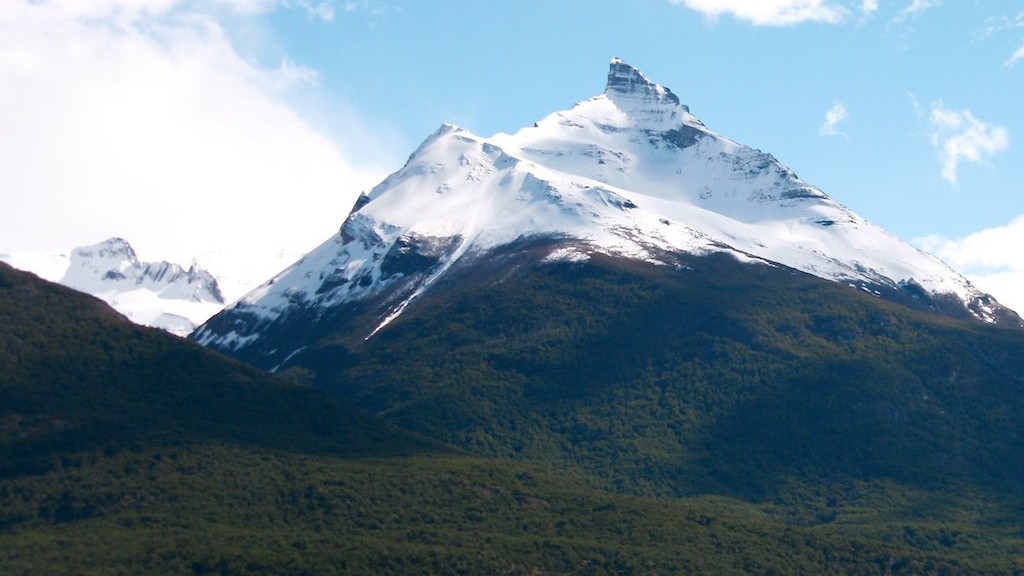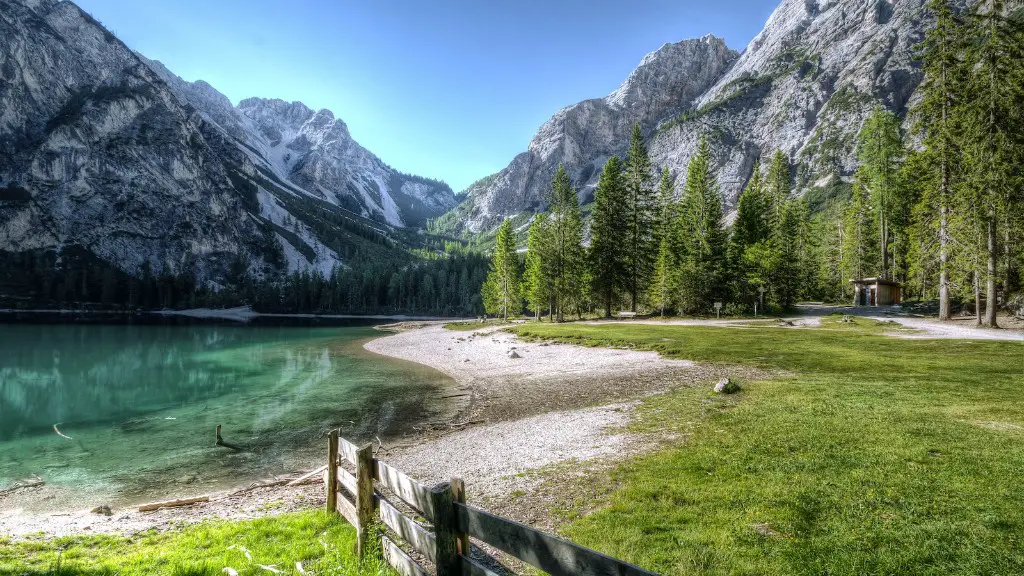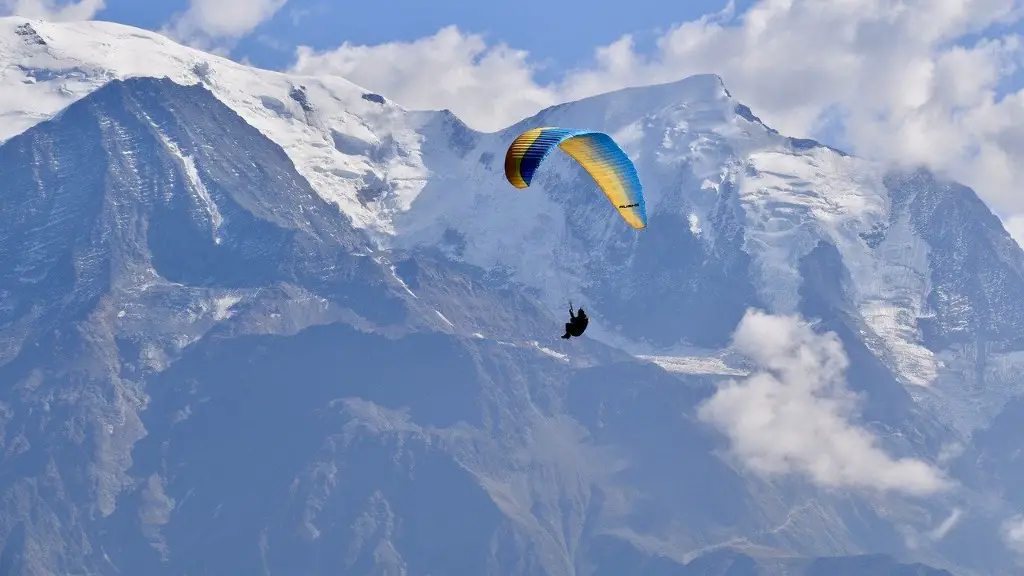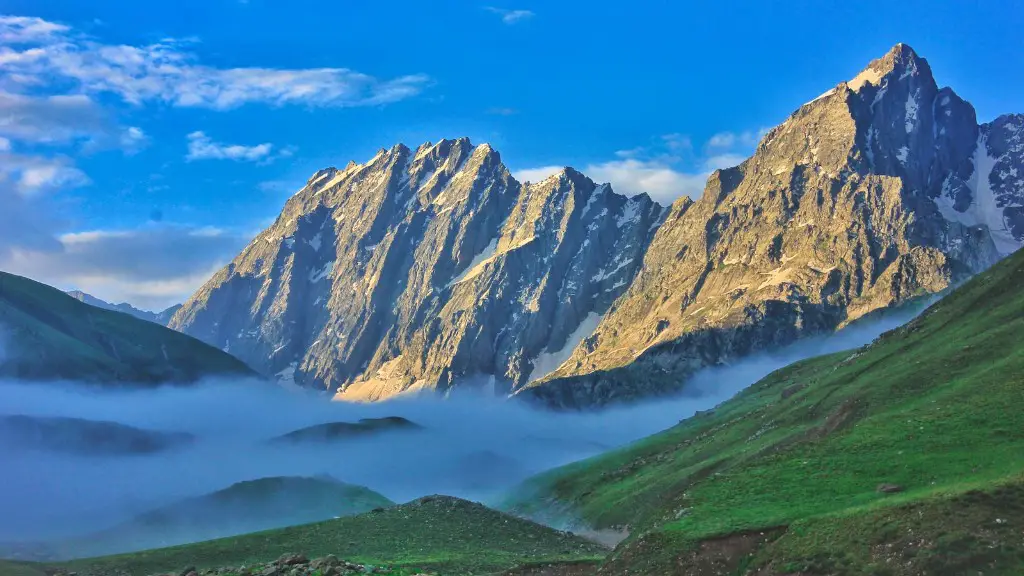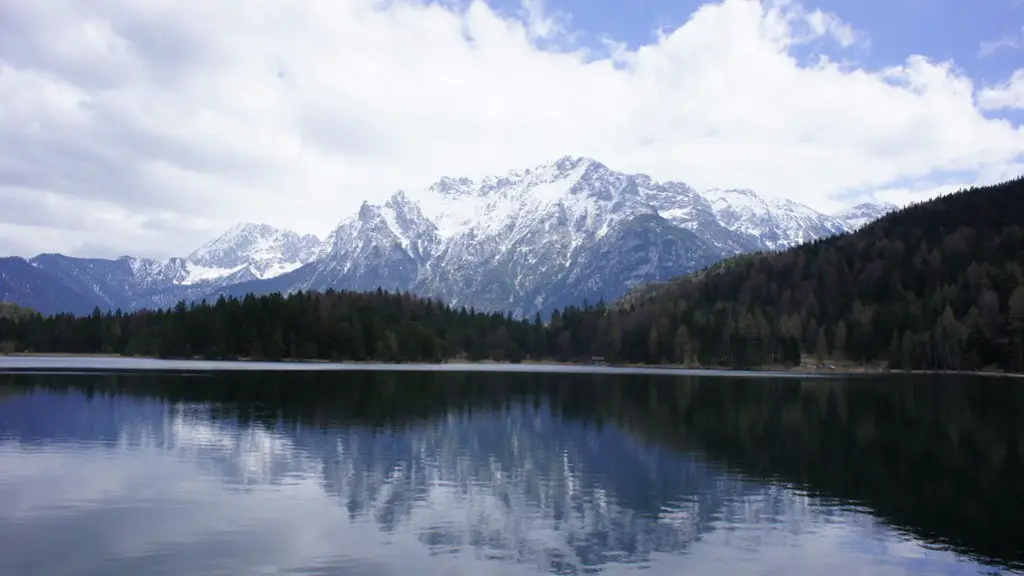Mount Fuji is the highest mountain in Japan at 3,776.24 m (12,389.2 ft),[1] and the peak is the second-highest peak in East Asia. Mount Fuji is an active stratovolcano that last erupted in the early 1800s. The mountain is believed to have formed around 100,000 years ago. Mount Fuji is one of Japan’s “Three Holy Mountains” along with Mount Tate and Mount Haku. It is also a UNESCO World Heritage Site and has inspired many works of art, music and literature.
The eruption history of Mount Fuji is extremely long and complicated. It is believed to have had several large eruptions in the past, the last of which occurred in 1707. In between these major eruptions, there have been countless smaller ones. The mountain is still active today, although it is not currently erupting.
What is Mount Fuji’s eruption history?
Although the volcano has been dormant for over 300 years, it is still considered active and is monitored 24 hours a day. This is because it has erupted more than 15 times in the past and could potentially do so again. If an eruption were to occur, it would cause extensive damage due to the size of the volcano.
Tephra is a term used to describe all solid volcanic material that is ejected from a volcano during an eruption. This includes volcanic ash, pumice, and scoria. Tephra can be a major hazard to people and infrastructure if it is ejected into the air and blown long distances by the wind. The 1707 eruption of Mt. Fuji (called the Hoei eruption) is a notable example of this, as the tephra from this eruption blanketed the city of Edo (now the central part of Tokyo, more than 100 kilometers (62 miles) away).
What was Mount Fuji’s biggest eruption
The Hōei eruption was a volcanic eruption of Mount Fuji in Japan that began on December 16, 1707 and ended on February 24, 1708. The eruption was of the Plinian type, and it produced a large amount of tephra that blanketed the surrounding area. This eruption was responsible for the formation of the lava dome at the summit of Mount Fuji.
Mt. Fuji is the tallest mountain in Japan and is one of the most popular tourist destinations in the country. The last eruption of Mt. Fuji was in the Hoei era in 1707. The eruption was so powerful that it caused widespread damage to the surrounding area.
Why is Mount Fuji so important?
Mount Fuji is an important place in Japanese religion. It is often known as Fujiyama and Fuji-San (Mr Fuji). It is worshipped as a god (kami) in Japan and its volcanic activity symbolises the earth, sky, and fire. Thus, plenty pilgrims make the journey to the summit of Mount Fuji either on foot or in the cable car.
1. Mount Fuji is actually three volcanoes in one.
2. Women were forbidden to climb it until 1868.
3. It is a sacred mountain.
4. It was first climbed by a monk.
5. It is a symbol of Japan.
6. It is an active volcano.
7. It last erupted in 1707.
8. It is surrounded by five beautiful lakes.
9. Every year, around 300,000 people climb Mount Fuji.
10. It is one of the Seven Wonders of Nature.
How often does Mt. Fuji erupt?
The Fuji volcano has had 16 eruptions recorded since 781 AD. The vast majority of these eruptions have been moderate to moderately large in size. The most recent eruption from Fuji was in 1707-1708 from a vent on the southeast side of the cone. This eruption ejected 0.8 cubic kilometers of ash, blocks, and bombs.
The potential for a devastating earthquake and subsequent landslide at Mount Fuji is real and alarming. Researchers believe that portions of the mountain are already unstable and a large enough earthquake could trigger a massive collapse. Such an event would release huge amounts of mud and debris, which could cause widespread damage and loss of life. Authorities are monitoring the situation closely and are working on plans to evacuate and protect people in the event of a disaster.
Is Mount Fuji likely to erupt
Mt. Hood is a beautiful mountain in Oregon. However, it’s also an active volcano that has erupted about 180 times over the past 5,600 years. The most recent one was more than 300 years ago, the Hoei eruption of 1707, and experts anticipate that another eruption could occur again before long. In 2021, the Mt. Hood Volcano Observatory will be closely monitoring the mountain for any signs of activity. If you live near Mt. Hood, or plan on visiting the area, be sure to follow any evacuation orders issued by authorities.
The eruption of Mt. Tambora in 1815 was one of the largest volcanic eruptions in recorded history. The eruption killed tens of thousands of people and caused widespread damage to the environment. The eruption also had a significant impact on the global climate, causing a decrease in global temperatures.Hundreds of articles have been written about the largest volcanic eruption in recorded history, at Indonesia’s Mt Tambora just over 200 years ago.
Is Mount Fuji explosive or quiet?
Fuji is a popular mountain in Japan that is known for its beauty. The mountain has two sides, the north and south, which are both equally beautiful. The north side is known for its lavender fields and the south side for its pink cherry blossoms.
The mountain is also home to two of the country’s most popular lakes, Lake Kawaguchiko and Lake Yamanakako. Both lakes offer stunning views of Mt. Fuji and are popular places to relax and enjoy the scenery.
Fuji has erupted both explosively and effusively in the past, with the two largest eruptions occurring in the last 2000 years. The 864-866 CE Jogan eruption was effusive, while the 1707 Hoei eruption was explosive.
The mountain is currently inactive, but scientists believe that it is still slowly growing and could erupt again in the future.
Mount Fuji is not a supervolcano. Supervolcanoes are defined as volcanoes that have erupted with an explosivity index of at least 8. An eruption of this size has not occurred in recorded history, likely last occurring in New Zealand about 26,000 years ago.
Did Mt. Fuji erupt violently
As their names suggest, effusive eruptions are characterized by the outpouring of lava, while explosive eruptions are characterized by the explosive release of gas and pyroclastic material. Fuji has experienced both types of eruptions in the last 2000 years, with the Jogan eruption being effusive and the Hoei eruption being explosive. While both types of eruptions can be dangerous, explosive eruptions tend to be more destructive due to the high levels of force and heat involved.
Mount Fuji is an active stratovolcano that last erupted from 1707 to 1708. The mountain is located about 100 km (62 mi) southwest of Tokyo and is visible from there on clear days. Mount Fuji is the tallest mountain in Japan and is a popular tourist destination.
Is Yellowstone volcano overdue?
Volcanoes are not like clockwork, and therefore it is not possible to say that one is “overdue” for an eruption. eruptions can happen at any time, and predicting when one will happen is difficult, if not impossible. This is especially true for Yellowstone, which is one of the most active volcanoes in the world. Therefore, we must be prepared for the possibility of an eruption at any time, even though it may not be “due” anytime soon.
The eruption of Mount Fuji would be a global disaster. Nearly one million people would have to be evacuated from their homes, and supply chains around the world would be disrupted since no ships would be able to navigate Tokyo Bay. Japan is among the top-five exporters of goods around the world, so the economic impact would be significant. The Japanese government is taking steps to prepare for a potential eruption, but it would be a difficult and daunting task.
Final Words
The first recorded eruption of Mount Fuji was in 781 AD. The last eruption happened in 1707, and since then the volcano has been quiet.
Though its last eruption happened in 1707, Mount Fuji is still an active volcano. Its current eruption cycle began in 864 AD, and there have been at least twelve major eruptions since then, with the most recent one happening in 1707. The size and violence of these eruptions have varied considerably, with some of them causing significant damage to nearby communities.
